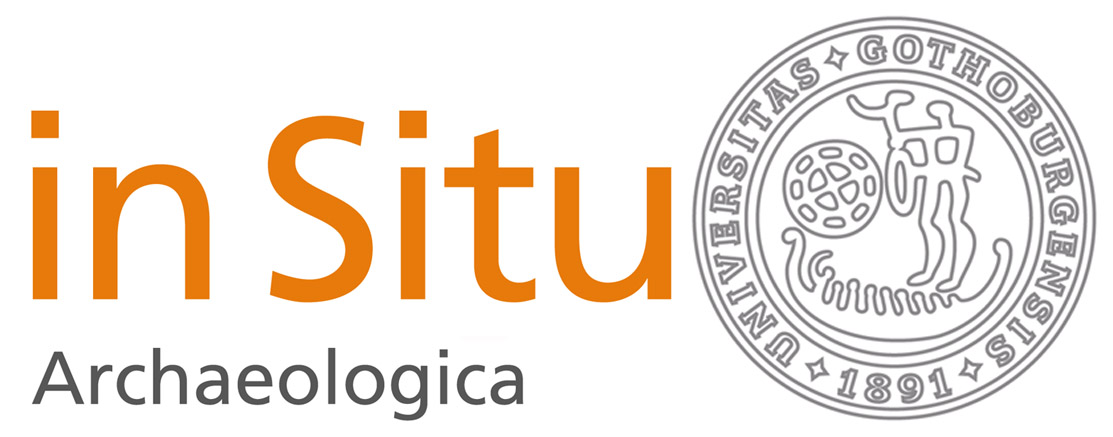Kan (for-)historisk arealanvendelse rekonstrueres kvantitativt?
DOI:
https://doi.org/10.58323/insi.v4.12730Nyckelord:
Vegetation history, Land-use, pollen diagramAbstract
Based on a pilot study of historical land-use and contemporary pollen assemblages this paper discusses the possibility of estimating past area coverage of major vegetation units (woodland, agricultural land, heathland). Pollen assemblages dated to approximately AD 1800 from 21 mediumsized Danish lakes and bogs were compared to land use shown on contemporary land register maps. Percentage of Heather (Calluna) pollen shows strong positive correlation with area-coverage of heathland within 2 and 5 km circles around the sites. Similarly, a strong positive correlation is found between woodland cover and several tree pollen types, in particular Beech (Fagus). Percentage woodland and agricultural area in a 5 km radius accounts for almost 60% of the variation in the pollen data. In contrast, land-use data inside a 2 km radius account for less than 40% of the pollen variation. The highest correlation between pollen and land-use is achieved with distant-dependent down-weighting of land-use data. A Partial Least Square (PLS)-model based on this data set was used tentatively to estimate past (500 BC - present) woodland-cover from a late Holocene pollen record of the lake Gudme Sø in south-eastern Fyn, Denmark. The addition of more sites and a screening of outliers in the pollen/land-use data set are needed to reduce errors in estimation of past land-use from pollen data.
Nedladdningar
Downloads
Publicerad
Referera så här
Nummer
Sektion
Licens
Författare som bidrar till In Situ Archaeologica har givit sitt medgivande att publicera sina artiklar under en Creative Commons-licens. Den ger tredje part vissa rättigheter till att nyttja materialet. Rättigheterna styrs av vilken licens verket är publierad under. Det åligger tredje part att sätta sig in i verkets creative common licens innan materialet används i eget syfte. Det är alltid författaren som har copyright till verket och allt nyttjande av tredje part förutsätter att ett tydligt erkännande ges till verkets upphovsperson, att en länk till licensen tillhandahålls.



